Year is 2012 and I can only find %5-tol resistors in the local market. They can make transistors at molecular scale, they can manufacture 14.318182MHz crystals, they can place trillions of flip-flops inside a memory chip.
Then why don't they start manufacturing %0.01-tol resistors? Is resistor manufacturing a more difficult job compared to the ones I mentioned above? What is the reason for still manufacturing %10-tol and %5-tol resistors?
(I'm asking this because I learned that the following circuit may not work because the resistor values may differ greatly from the rated ones.)
